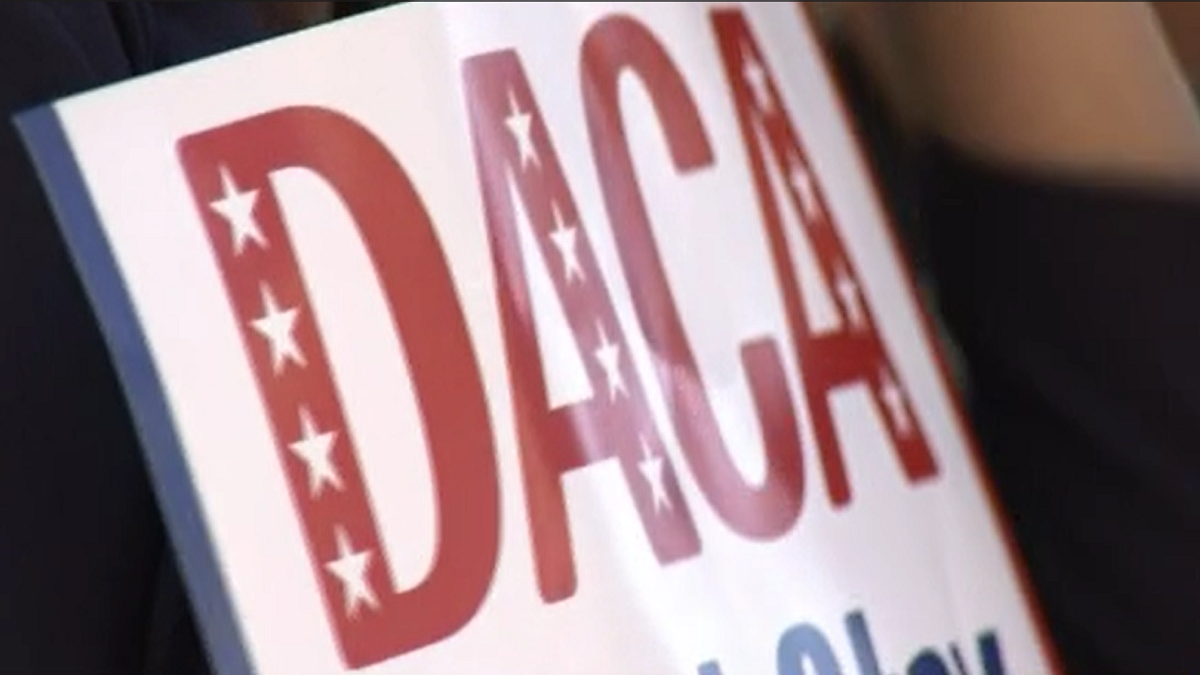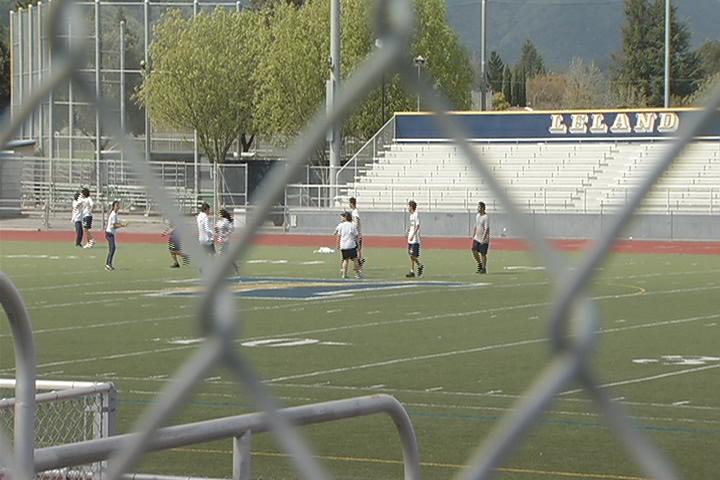Our consumer team has heard from so many people across the Bay Area who’ve lost their home insurance. So, we took our questions about the festering California home insurance crisis to the very top. Right out of the gate, we asked insurance Commissioner Ricardo Lara whether he considers our rapidly rising rates and disappearing policies a crisis.
Insurance Commissioner Ricardo Lara: It absolutely is an insurance crisis.
Lara is in the unlucky position of trying to solve the crisis for California's more than 30 million people.
But as just one policyholder himself, he’s lucky.
Consumer Investigator Chris Chmura: Have you been dropped?
Lara: I have condo insurance. I live in downtown LA, and I have not been dropped.
Chmura: Not yet.
Local
Lara: Not yet.
Chmura: Do you worry about it?
Get a weekly recap of the latest San Francisco Bay Area housing news. Sign up for NBC Bay Area’s Housing Deconstructed newsletter.
Lara: I worry about this every day. From the calls I get to the town halls that we have, and people are generally scared and afraid of what’s happening in the market.
Right now, Lara’s office is negotiating what he described as a “historic deal.” It comes as insurance companies say customers are not paying enough to match their risk in insuring their homes. Lara said the state will let them use new tech tools to set rates, but only if those companies insure more homes in wildfire areas.
That deal, Lara argues, will entice insurance companies across the board to keep old policies on the books and start selling new ones.
Chmura: “How confident are you that your deal will work and bring sustainability to the insurance marketplace?”
Lara: I’m very confident. It is a historic deal. Never before have we gotten commitments from the insurance companies to come back to California, but also to expand in every part of the state.”
The insurance industry seems to be buying in.
“We are expecting that when these changes happen that the department is working on, that more insurance will be available to everyone,” said Janet Ruiz with the Insurance Information Institute, which speaks for the industry.
But the multi-billion dollar question is: When?
Lara: I could tell you that hopefully by mid to the end of 2025, we’ll start seeing some changes around the amount of companies that are coming back in and hopefully driving down the cost.
NBC Bay Area shared Lara’s response with San Ramon homeowner Spencer Donley.
“I am getting crushed financially, and he’s saying, ‘We hope we’re going to get some better competition in 2025.’ you tell me what you think of that? Is that any sort of guarantee this is going to happen? No,” Donley said.
Donley’s home insurance company is dropping his policy. He found a new policy with an unregulated, out-of-state carrier at 166% more expensive than he was paying four years ago. Donley said home insurance is now his biggest expense.
Of Lara’s “historic deal,” Donley is skeptical.
“I think the guy is throwing up a smoke screen. This has been a problem for the last two years,” Donley said.
Others are also skeptical, and some consumer advocates are concerned.
Multiple counties, including San Mateo, are urging Governor Gavin Newsom to declare a state of emergency. We asked Governor Newsom’s office about that. It didn’t address the counties’ requests but said Newsom supports Lara’s deal.
If the state and insurance companies do ink a deal, how will Lara make sure insurance companies comply?
Chmura: If insurance companies don’t hold up their end of the bargain, how quickly will your department move to hold them accountable?
Lara: We’ll be getting data quarterly now, so we’ll be able to every quarter look at "Are these companies meeting their obligation or at least working towards meeting their obligation?"
Lara said his office will roll back the insurance companies’ rate increases if data is not provided.
Key to this deal is letting insurance companies use forward-looking computer models to set prices we pay.
Chmura: How is the state going to ensure that the new tools that the insurance companies have aren’t just algorithms to drive up profit?
Lara: We’re actually going to work to create a public model that can be used as a benchmark for the public and for the department.
So in time, the insurance companies might have private risk models and the state will have a public one, with the price you pay hanging in the balance.
Chmura: Down the road, when the two models are pitted against one another, who decides who wins?
Lara: Well, you know we’re in the process of putting this model [together]... I would hope that in the future -- I’m not going to be here-- that it would be the insurance commissioner who ultimately decides on the side of the public model. But what is usually going to happen is it’s going to be somewhere in the middle right? Because technologies are going to evolve.
Bottom line: insurance in California will require more work, for regulators, for insurers, and even consumers.
Chmura: Are we ever going to get back to ‘set it and forget it [policies]?’
Lara: I don’t think Mother Nature is gonna allow us to just sign an insurance contract and forget it. Consumers in California are going to have to understand they’re going to constantly need to be in communication with their insurer.
The commissioner is set on finalizing these reforms before the year ends. We’ll learn how they are -- or not-- working from people like you. Continue to share your insurance stories with us here.
If your homeowners insurance carrier is dropping your policy, watch our video for help protecting yourself.



